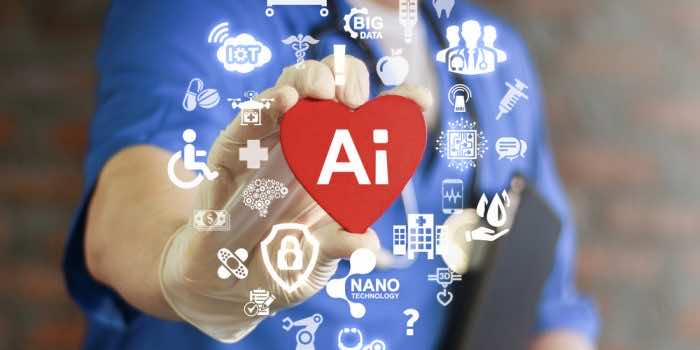According to the World Health Organization, there are up to 7 billion mobile phone users
in the world, with mobile networks covering more than 85% of the world’s population. This global cellular coverage, along with the ever-increasing technical capabilities of mobile phones, contributes to the emergence of such a new trend in public health as mobile health (mHealth), associated with the use of mobile phones to promote healthy lifestyles, prevent and treat diseases.
The greatest development in research on mobile health has been in the United States and EU countries, where health experts, in collaboration with information technology specialists, have begun to use mobile phones as a tool to promote a healthy lifestyle (encouraging physical activity and healthy eating), monitor the symptoms of cardiovascular and lung diseases, send reminders about medications and doctor visits, support people in quitting smoking and more. The benefits of mobile health care are based on the ability to provide ongoing physician-patient connectivity. Two tracks can be distinguished in this track: distance learning and remote symptom monitoring, which ensure that healthcare providers are informed about a patient’s condition in a timely manner.
Standard applications
Modern smartphone platforms (iOS, Android, Symbian, Blackberry, WebOS, and WindowsPhone) provide healthcare software development companies like Redwerk to create applications such as organizers that allow users to record and send data about their nutrition, exercise, blood glucose levels, and other health-related information. Apps allow the mobile phone to be used as a terminal for telemonitoring conditions such as high blood pressure and angina attacks. Applications that enable the phone to communicate with external plug-in devices include pedometers, blood pressure (BP) monitors, glucose meters, ECG recorders, and more.
Games aimed at developing the user’s healthy lifestyle habits are of certain importance in mobile health.
Distance learning
Providing the recipient with health-related information through a mobile phone in the form of advice, guidance, or orientation materials is an important element of health programs. Tips help users receive specific guidance on how to manage their health conditions and what lifestyle interventions are needed. This can relate to weight loss, smoking cessation, increased physical activity, etc.
More general health information related to the patient’s health needs can be sent to users via mobile communication. For example, a tobacco cessation program sends general information to the user about cessation symptoms or the money that will be saved by quitting, reinforcing the smoker’s desire to quit. Such generic materials help patients monitor their health status and more easily achieve their disease prevention and treatment goals.
Distance learning programs use data that the patient collects via mobile phone: it is uploaded from the phone to a website, where all the information is made available to the health care provider. Based on the monitored data, the health care provider advises the patient on better ways to monitor their condition. The methods of communication in such programs are telephone, SMS, or website.
It should be noted, however, that this type of mobile health care is most effective when the information sent to the patient is directly tailored to the individual, taking into account their health status and associated conditions. The level of personalization of such information is a key factor in its effectiveness.
Remote monitoring of disease symptoms
Remote monitoring of disease symptoms appears to be a highly beneficial and promising element of the health care system, especially when considering its benefits in the management of at-risk groups or patients with life-threatening conditions that require continuous monitoring.
Mobile phones are actively used to monitor a patient’s health status and notify the supervising health care provider of the occurrence of threatening conditions. Periodic assessment of biometric body parameters and detection of symptoms are important components in the prevention of diseases and their complications. And the mobile phone is the ideal device to monitor the health status and immediately notify medical professionals. Monitoring can be done via built-in or plug-in sensors, devices, and participant-based reporting. A combination of methods is possible.
Self-monitoring is a mandatory component of mobile health programs, ranging from lifestyle apps to disease management and monitoring, which can technically be done through standard organizer apps, via SMS messaging, and data logging from embedded sensors.
The mobile phone allows for the identification and assessment of disease symptoms using questionnaires. For example, tracking intoxication symptoms among cancer patients receiving chemotherapy. The system identifies the level of intoxication indicators such as nausea, vomiting, mucosal inflammation, diarrhea, and feelings of fatigue based on patient questionnaires. Based on patient responses, the system assesses the level of development of these symptoms and sends an alert to the physician and/or “support group” in case threatening conditions develop.
It is also obvious that the introduction of mobile health into national health systems will make it possible to bring the population’s awareness of health preservation and promotion measures to a new level. This, in turn, will significantly reduce the population burden from major risk factors and will have a positive impact on reducing morbidity and premature mortality and, consequently, on improving the socio-economic condition of society.


